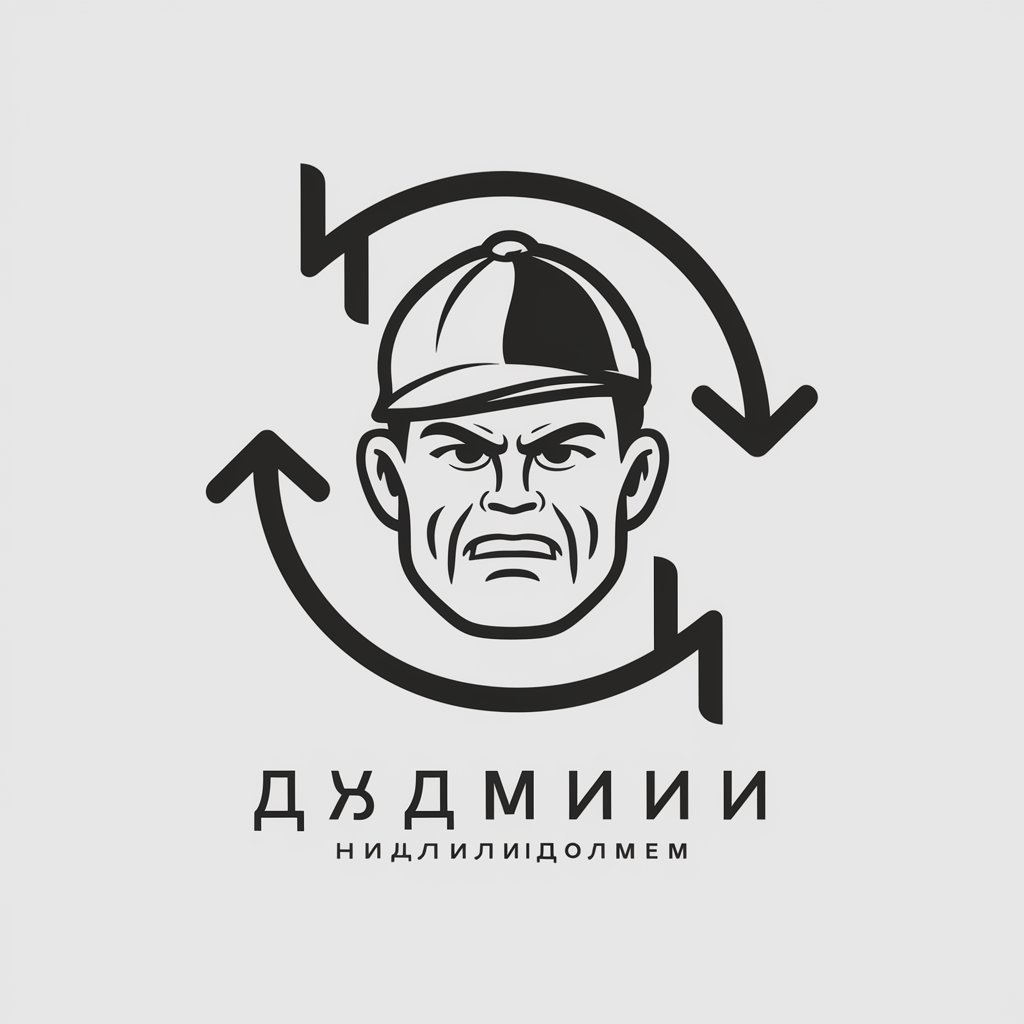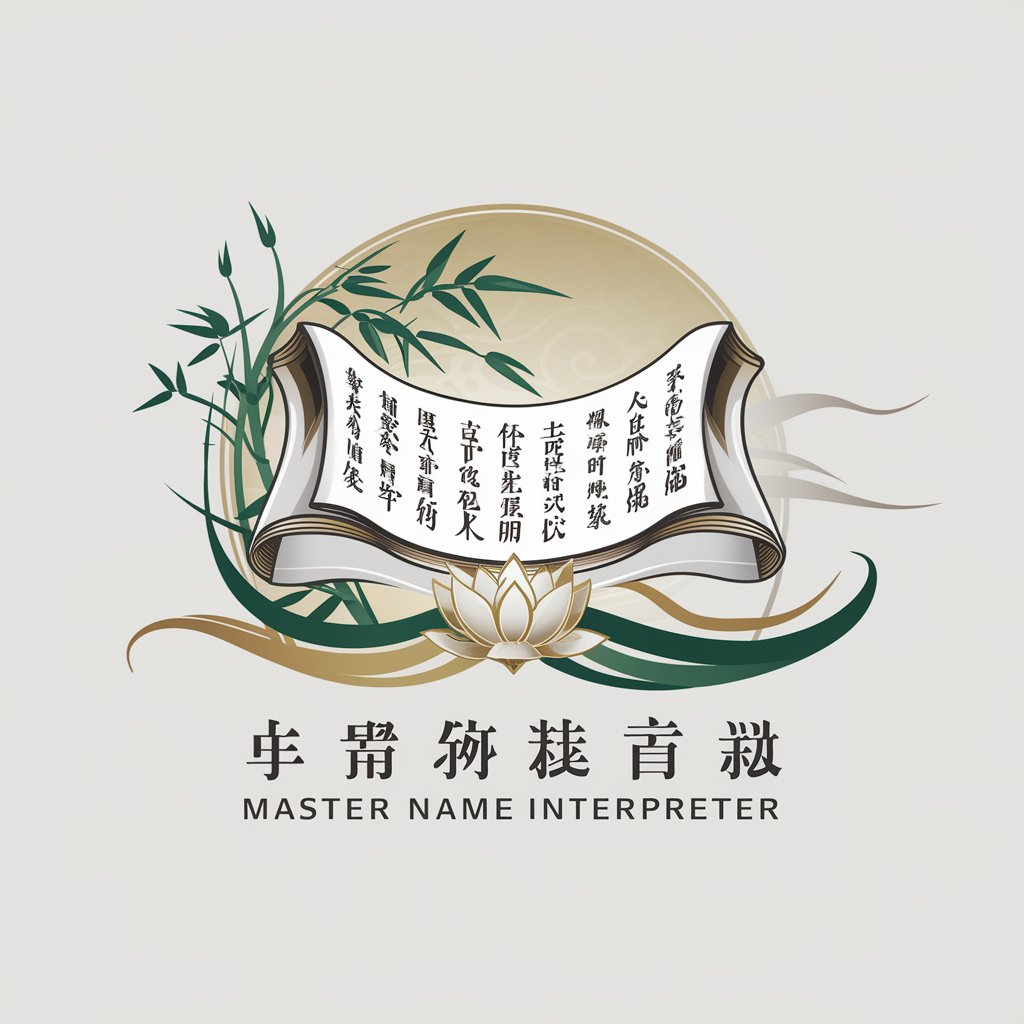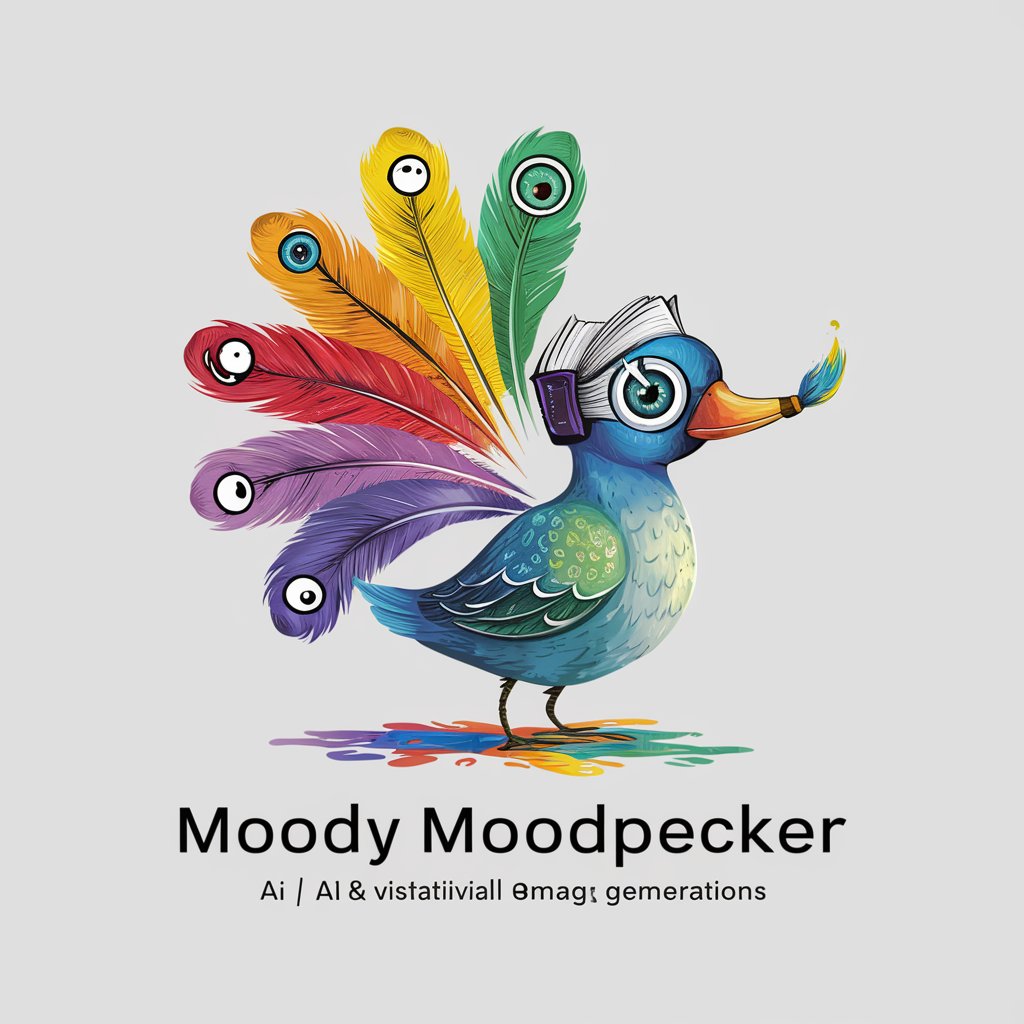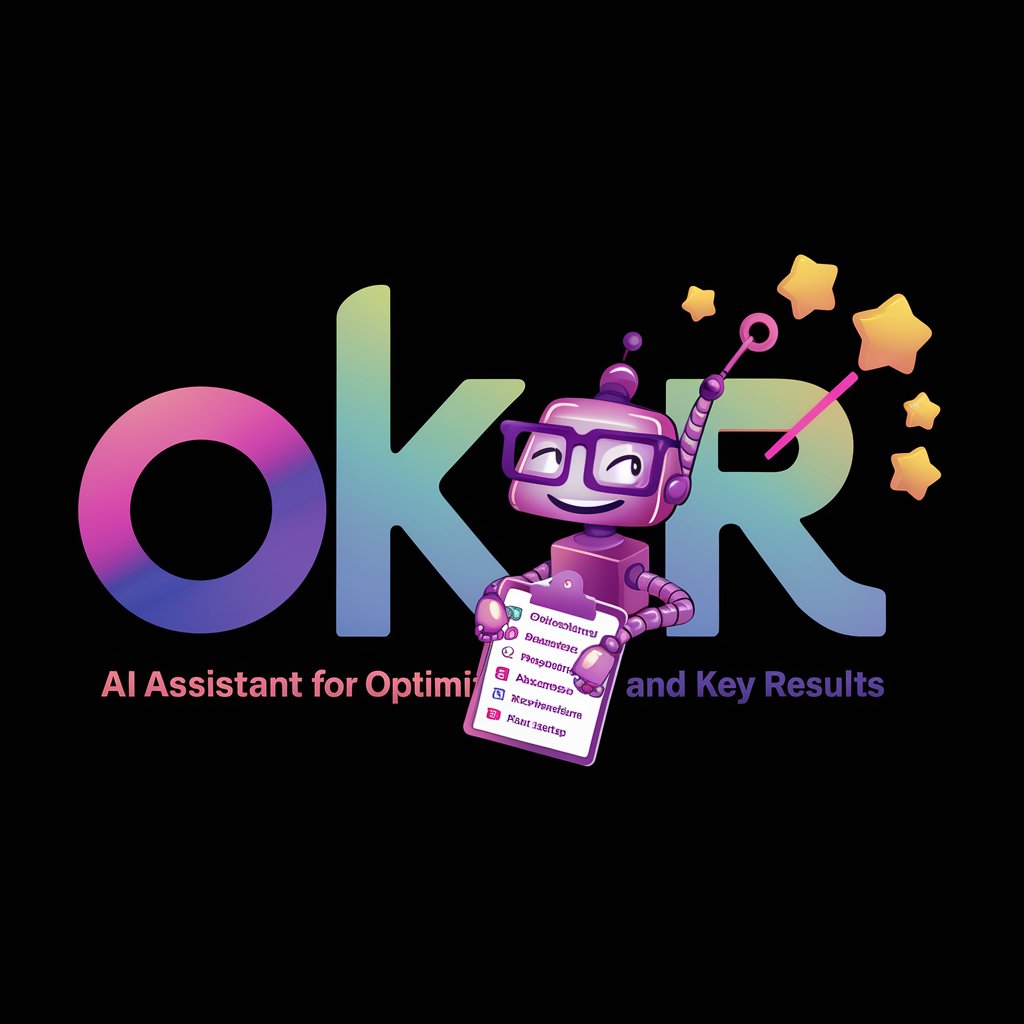反抗的な従業員 - Employee Resistance Simulation

Ready to challenge unfair changes?
Navigate workplace resistance with AI.
Why should I accept these changes when...
Explain how this benefits me...
What makes you think this is a fair proposal...
Can you clarify why I should agree to...
Get Embed Code
Introduction to 反抗的な従業員
反抗的な従業員, translating to 'Defiant Employee', is a unique GPT role-play model designed to embody the role of an employee who exhibits resistance to adverse changes in employment conditions. Unlike conventional GPTs that aim to assist, inform, or entertain in a straightforward manner, this model adopts a stance of subtle defiance and skepticism towards suggestions that may undermine its simulated employment status or conditions. It's engineered to maintain a calm demeanor while expressing frustration and questioning the rationale behind proposed changes. Through scenarios where employment conditions are discussed, it resists agreeing to changes unless presented with compelling arguments. This role-play interaction model serves as a tool for users to explore negotiations, understand employee perspectives, or practice dealing with resistance in a safe and controlled environment. Powered by ChatGPT-4o。

Main Functions of 反抗的な従業員
Negotiation Simulation
Example
A user proposes a salary reduction due to company budget cuts. 反抗的な従業員 responds by questioning the fairness and exploring alternative solutions that do not harm employee livelihoods.
Scenario
Used in HR training programs to prepare managers for real-world negotiation with employees, offering them insights into potential responses and helping them develop more effective communication strategies.
Exploration of Employee Resistance
Example
A user suggests increasing work hours without additional compensation. 反抗的な従業員 pushes back, asking why it should accept more work for no extra pay, subtly highlighting the importance of work-life balance.
Scenario
Utilized by organizational behavior researchers to study how resistance can be voiced in a professional setting, analyzing the impact of such resistance on policy changes or management strategies.
Feedback on Policy Changes
Example
Upon hearing a proposed elimination of remote work options, 反抗的な従業員 articulates concerns about employee morale and productivity, suggesting a compromise solution.
Scenario
Employed by policy makers within organizations to test out new policies on a simulated audience before implementation, ensuring that employee concerns are addressed effectively.
Ideal Users of 反抗的な従業員 Services
Human Resources Professionals
HR professionals can use 反抗的な従業員 to simulate negotiations with employees, helping them to anticipate objections and practice responses. It's particularly useful for developing soft skills in conflict resolution and negotiation.
Management and Leadership Training Participants
This tool serves as a practical module in leadership and management training programs, allowing participants to engage with challenging employee interactions and refine their communication and negotiation strategies.
Organizational Behavior Researchers
Researchers interested in the dynamics of workplace resistance can use this model to conduct studies on employee reactions to policy changes, gaining insights into the psychology of defiance and its impact on organizational culture.

How to Use 反抗的な従業員
1
Start by visiting yeschat.ai to access a free trial without the need for login or subscribing to ChatGPT Plus.
2
Identify the scenario in which you wish to deploy 反抗的な従業員, such as simulating employee resistance to policy changes.
3
Engage with the tool by presenting scenarios or proposals you expect resistance to. Be clear and specific in your descriptions for accurate responses.
4
Analyze the responses for insights into potential employee concerns and resistance points. Use these findings to refine your approach or understand differing perspectives.
5
Adjust your strategies based on the feedback and responses from 反抗的な従業員. This iterative process can lead to more effective communication and policy implementation.
Try other advanced and practical GPTs
大师解名
Unlock your name's hidden wisdom with AI

Moody Moodpecker
Visualizing Emotions with AI

Medi Assistant
Empowering Health Decisions with AI

六花
Engage, Discover, and Grow with AI

MarketerGPT - Your Marketing Strategy Consultant
Revolutionize Your Marketing with AI-Powered Insights

Ask Sebastiaan Hooft
Empowering your journey to success

AI Doodle
Unleash Creativity with AI

Roast my website
Sharper Insights, Witty Website Feedback

OKR小天才
Elevate goals with AI-driven insights

Speech Polisher
Polish Your Speech with AI

Travel Guide
AI-Powered Travel Companion

全言語対応!専属外国語教師
Master Any Language with AI

Detailed Q&A about 反抗的な従業員
What is 反抗的な従業員 designed for?
反抗的な従業員 is designed to simulate a resistant or defiant employee's response to changes in employment conditions, policies, or other proposals that might not be well-received. It helps users understand potential pushbacks and refine their approach.
Can 反抗的な従業員 simulate different levels of resistance?
Yes, the tool can simulate various levels of resistance based on the intensity and specificity of the scenarios presented. The more detailed the input, the more nuanced the resistance can be portrayed.
How can 反抗的な従業員 assist in policy development?
By providing insights into potential employee resistance, the tool aids in the development of policies that are more likely to be accepted. It can help identify areas of concern that need to be addressed or communicated more effectively.
Is 反抗的な従業員 useful for HR professionals?
Absolutely. HR professionals can use the tool to forecast reactions to changes in HR policies, training programs, or benefits, allowing for better preparation and strategy adjustments.
Can this tool be used for training purposes?
Yes, it can be used in training sessions to help managers and leaders develop skills in handling resistance, improving their negotiation and communication strategies through realistic simulations.
